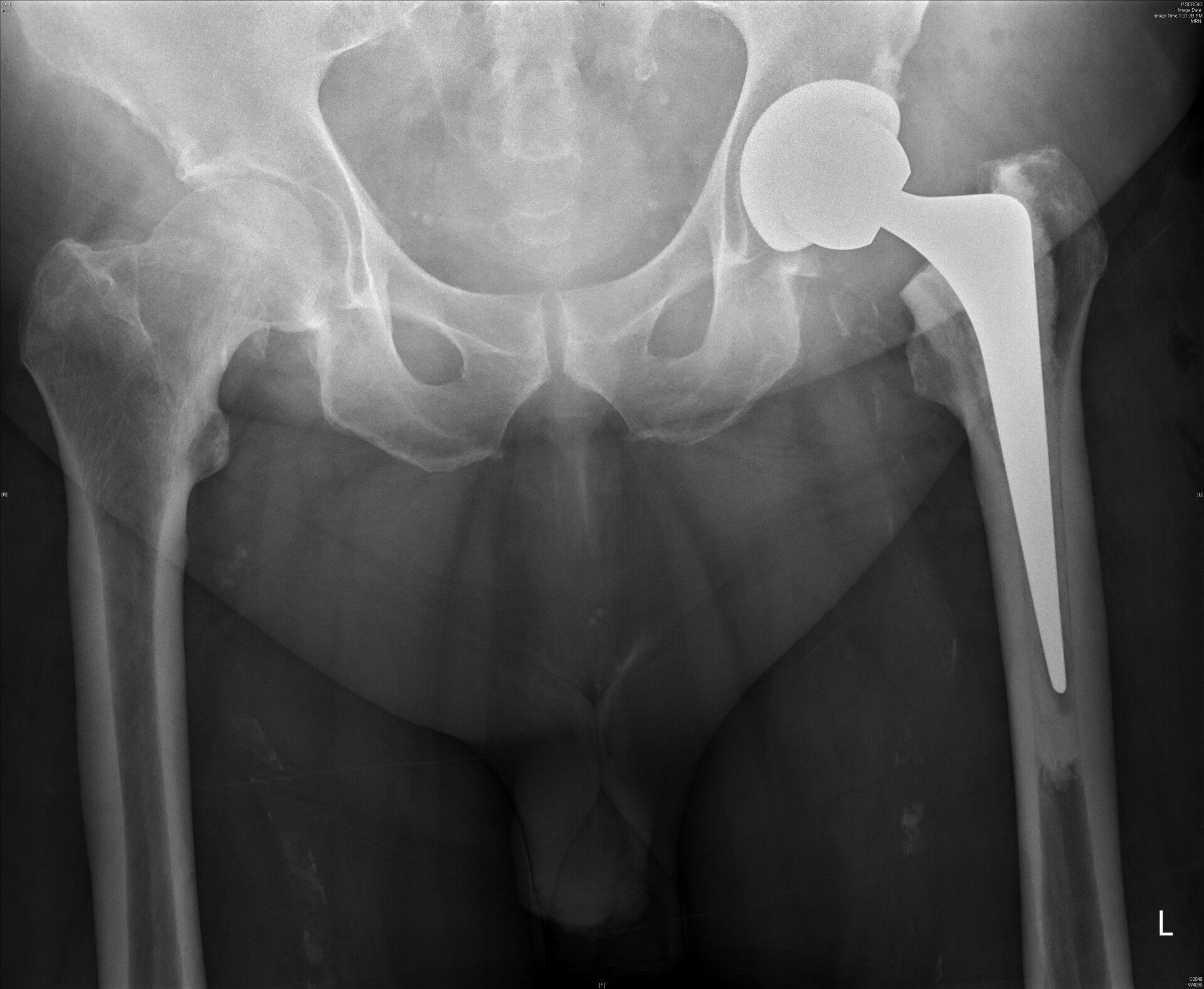Hip Replacement Surgery
What is Hip Replacement Surgery
A total hip replacement (total hip arthroplasty) is a quality of life operation.
Hip Replacement Surgery involves the removal of the diseased joint and bone and a new ball and socket joint is inserted. A hip replacement is one of the most successful operations that any orthopaedic surgeon does.
Hip replacement is indicated in patients with arthritis of the hip when the hip’s stiffness or pain limits a patient’s activities and quality of life
While not everyone requires surgery, where surgery is recommended each patient’s treatment path is tailored to the patient’s individual needs.
Who Is A Candidate For Surgery?
If you have severe arthritis of the hip causing pain and limitation of your activities and lifestyle and have not responded to conservative treatments you may be a candidate for total hip replacement.
Most hip replacement candidates are adults with degenerative disorders over the age of 50.
The procedure replaces part or all of the hip joint with an artificial device (prosthesis) which takes the place of the worn out ball and socket, the targeted results are:
- Relieve Pain & Stiffness
- Restore Mobility
- Regain Function
- Allow Resumption Of A Normal Lifestyle
What is an Arthritic Hip?
Arthritis is a condition in which the articular cartilage that covers the joint surface is damaged or worn out causing pain and inflammation.
Some of the causes of arthritis include:
- Advancing age
- Congenital or developmental hip diseases
- Obesity
- Previous history of hip injury or fracture
- Increased stress on hip because of overuse
The degree of cartilage damage and inflammation varies with the type and stage of arthritis
- The cartilage lining is thinner than normal or completely absent.
- The capsule of the arthritic hip is swollen
- The joint space is narrowed and irregular in outline; this can be seen in an X-ray image
- Bone spurs or excessive bone can also build up around the edges of the join
A combination of these factors make the arthritic hip stiff and limit activities due to pain or fatigue.
Indications for Hip Replacement Surgery
For many patients hip arthritis symptoms may have been present for many months or even years. But after non-operative measures including weight loss, activity modification, regular analgesia are no longer effective, hip replacement can be considered.
Hip Surgery Recommendation
Once your doctor and you have agreed on Hip Replacement Surgery your doctor will often discuss the options available and what the patient’s preferences are. These may include the:
- Specific surgery type. (Total Hip Replacement vs Hip Resurfacing- if suitable)
- Hip implant (Cemented vs Uncemented, Bearing surfaces- Ceramic, Metal, Polyethylene, Custom Implants)
- Surgery Approach (Anterior, Posterior, Lateral, Superior)
- Surgery Method (Patient Specific Instrumentation, Computer Navigation, Robotic)
These recommendations and the ideal approach to the hip depends on the individual patient’s anatomy, and your doctor will advise you of the most appropriate hip replacement and surgical approach.
Our aim is to return patients to their previous activity level with a fully functioning pain-free hip joint.



